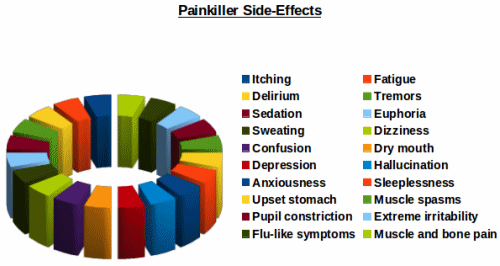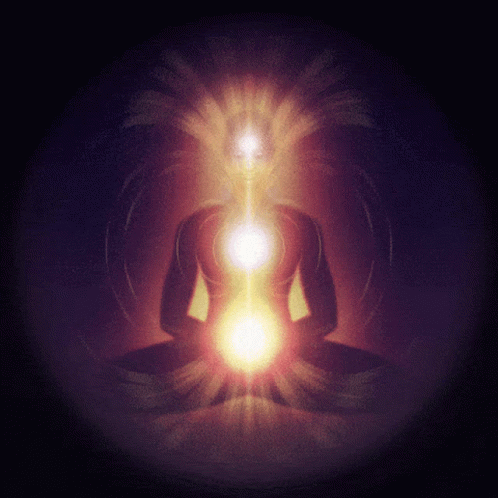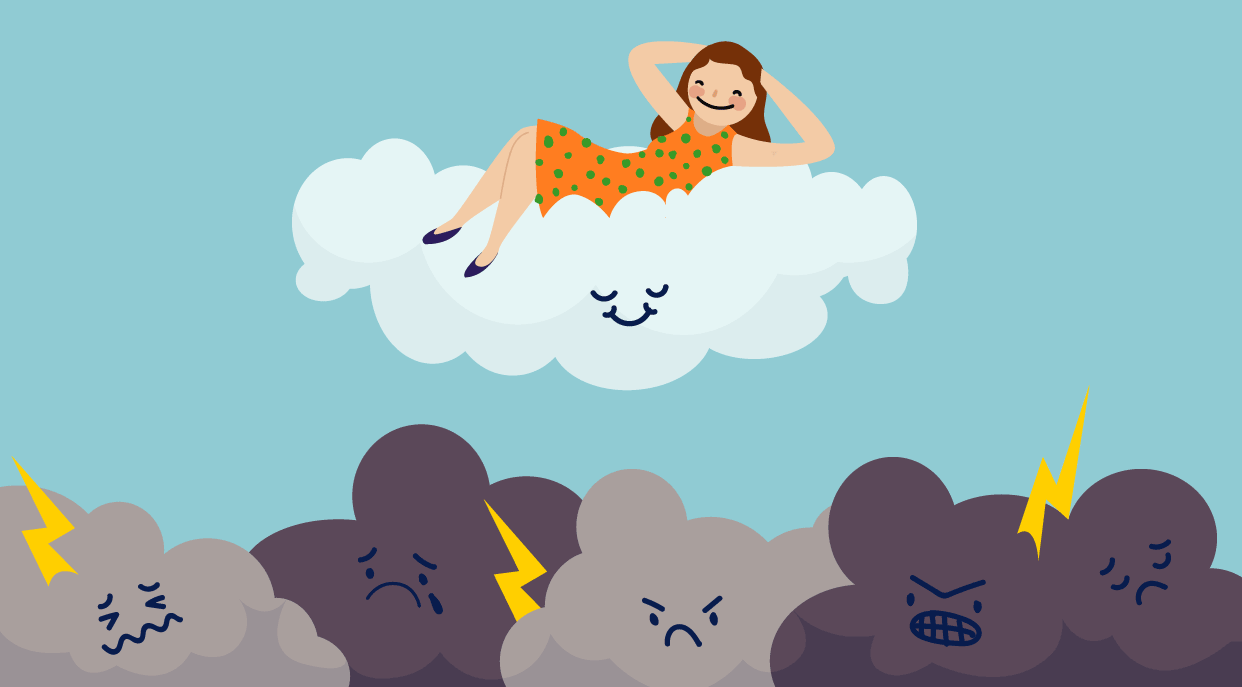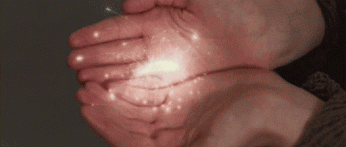Pain Management or Pain Resolution? You Choose.
In the early 2000's, I worked in multi-disciplinary clinic attached to a vitamin store. One instance has stayed with me and stands out as an example of how the vast majority of people seem to view the nature of health care and health management.
I had a young boy as a client and he came in to see me on this occasion to help with pain associated with a broken arm sustained in a hockey game. It may be hard to wrap one's mind around how I could help with this since he was in a cast, but that is perhaps a topic for a future post. Needless to say, after the treatment, I sent him and his mum upstairs to buy a particular product that helps facilitate healing of bones and soft tissue.

During this purchase, my client told the clerk that "the pain had just disappeared" during his treatment. Overhearing this, an elderly woman wanted to know what this was all about. They sent her downstairs to me. Of course, she wanted to buy whatever product she thought I was selling, so I explained to her that I didn't sell pills or supplements, and that I practiced a form of manual therapy which helps the body release injury and trauma so that it can heal. She couldn't grasp this possibility. Again, she asked for the pill to buy. I advised her the only thing that I could "sell" her was a gift certificate for a treatment. Confusion rippled across her face and she decided to leave, despite having just overheard unsolicited "proof" of the efficacy of my client's treatment experience.
To me, this exemplifies the indoctrination our pharmaceutically based medical industry has created in our society: Take a pill and, voilà, your problem is solved. But it isn't that simple or easy, else our society wouldn't be facing such a massive opioid epidemic and a pharmaceutical industry whose profits exceed that of the oil industry. It stands to reason that "curing" isn't the basis of a such a profit based industry whose intent is not only maintaining it's client base, but to continually expand and grow it. Healed patients, from a pharmaceutical perspective, are simply not profitable.
A 2016 JAMA found that as many as 1 in 4 patients receiving opioids for chronic pain develops opioid addiction, even though they further amend it by stating that there are "effective methods for treating opiod addiction" (A). Granted, the American College of Physicians have now issued a new guideline to amend this by stating that exercise should be the first line of treatment, not opioids, and that is a step in the right direction. But exercise is only one spoke in the healing wheel.
Little pills are big business.

This brings me to the nature of our mindset around providing health care for ourselves when we have to pay out of pocket: In my 18 years of practicing in the manual health care field, many people appear to be prepared to invest in their health when it is covered by their insurance, whichever form it takes. As therapists, we understand this as we face the same dilemma about paying above our national health care coverage or extended health insurance. In fact we pay upwards of $1000/year to join associations that allow for our clients to be reimbursed by their insurance companies.
In Canada, where we are used to a heavily subsidized allopathic medical system, we have come to view our health as the responsibility of the government's health care protocol and insurance coverage, instead of being responsible for it ourselves. We have become trained to not want to spend money on our health and that the best or even only solution is for us to go to our GP to get a prescription for medication. The only problem with this is that this doesn't resolve the problem; instead, it suppresses the symptoms, often not even well, so they get immediate, cheap relief. Pharmaceuticals, even those "innocent" over the counter medications, bring a host of both short and long term side effects and contraindications that are well documented and researched.
As pain is the primary topic, I've included a chart of documented side effects of pain medications. The below chart has neglected to include two very relevant long term complications, however, such as addiction and liver damage.

If health is your only true wealth, what, then, is the actual cost of health? According to Statistics Canada, the average Canadian household spends the following amounts of their net (after tax) income with 4% of it being allocated for health and well-being:

Of course, this doesn't address the rapidly growing trend and interest in natural supplements and health care: An estimated 14 million Canadians — children and adults — take supplements, contributing to sales of about $370 million a year (1). Again, the problem here is that standardization and quality control of products can be problematic, and self-diagnosis is even more dangerous, especially when certain supplements are contraindicated with pharmaceuticals or other natural supplements.
Don't get me wrong, there is great purpose and efficacy in natural supplements, but this is the bottom line: It's still a pill and cannot address the structural, emotional, and somatic issues related to pain and dysfunction. It cannot increase mobility. It also cannot improve strength, stability or address the compensation patterns present due to previous injury, repetitive strain, or surgery. The previous stated JAMA review (A) found many of these same issues associated with opioid prescriptions, even though they yield the same minimum benefit in pain management as NSAIDS such as Ibuprofen - which are only a short term solution because they block prostaglandins, a type of fatty acids, which is known to cause renal and gastrointestinal damage. NSAIDs can also increase the risk of heart attack or stroke in patients with or without heart disease or risk factors for heart disease (B). Given all this, opioids, NSAIDS are still prescribed for "pain management", and people still reach for the "easy" solution of a pill.
Why? Because it is not in typical to the allopathic mindset to consider it a possibility that their system of pain management is incomplete, even though they recognize that they are unable to do more than mask the pain, and can also lead down a path of life altering addiction. As a culture, we have been trained to believe it which is why the curious elderly woman couldn't wrap her mind around what she had overheard because it is such a well-ingrained and continually enforced belief.
Alternately, herbs and supplements have come to replace pharmaceuticals for many who want a more "natural" approach, which still precludes the consideration of manually based medicine as a first line of natural holistic treatment.

The irony is that most people arrive for osteopathy because they have tried everything else and nothing has worked, only to find that their last hope was the best one that would have saved much pain, frustration and money.
Which begs the question: Why are people so readily prepared to pay hundreds of dollars out of pocket for natural supplements, but not for manual health care such as osteopathy? I believe it's because
We have been taught to believe as a society that something external is the true source of healing and that an effective solution for the resolution of physical issues is always immediate.
This brings me to the main focus of this post: Why manually based therapies such as Osteopathy are so relevant to true healing. Of course, you ask, how can Osteopathy possibly be so beneficial for so many conditions? Primarily, it's because the focus is on treating what you find as a therapist, not simply treating the symptoms.

Osteopathy’s impact is so profound and diverse because it's focus is to strengthen and restore the body’s own innate and powerful healing ability. Osteopathy can aid in this by freeing up pathways (ranging from but not limited to simple blood flow to cerebrospinal fluid) that allow for all cells of the body to receive the required nutrients, waste removal, and nerve communication in order to function properly.
When the body can do these tasks unencumbered, it is healthier. This balance IS HEALTH. By helping to free up inhibited pathways with manual medicine in the structural, visceral, venous/arterial and lymphatic systems, we are allowing the body to do what it does best: Heal and maintain itself. All without the addition of toxic and addictive medications. This is not to say, however, that supplements and pharmaceuticals should not be taken; this is to address the over use of them and the neglect of manual medicine in our culture as both a method of treatment and a means of prevention.
How does this then help with overall health? It allows for, among other factors,
Freedom of movement without pain
Improved digestion
Treatment of headaches and migraines
Address whiplash related trauma and pain
Tinnitus
TMJD
Concussion and other forms of brain injury
Alzheimer's & Dementia
Pain management in any form is big business, but it doesn't address the root cause of pain. This is why my approach, and the approach of Osteopathy itself, is pain resolution not just pain management. The relief from pain and dysfunction, as opposed to the ongoing "management" of it, either with pharmaceuticals, natural products, or even body work, is a priceless gift. And the results of an Osteopathic treatment can truly be like "magic" even though there is proven science behind it.

In a nutshell: It is imperative that, for true healing to occur that we treat the CAUSE of pain NOT the SYMPTOMS. Osteopathy treats the root cause of pain, whereas medication can only manage the symptoms. Both are necessary and ideally when effective, both should be short term.
It's for your best health, so put your body in good hands!
**This post is an addendum article to my original post on this subject: Magic Pills vs. Magic Hands. If you would like to read more about Osteopathy and how it can be seen as Magic Hands, please give it a read and share.
References:
9. http://www.nationalacademyofosteopathy.com/documents/research_papers/Manual%20Osteopat hy%20for%20the%20Sports-Related%20Concussion.pdf















